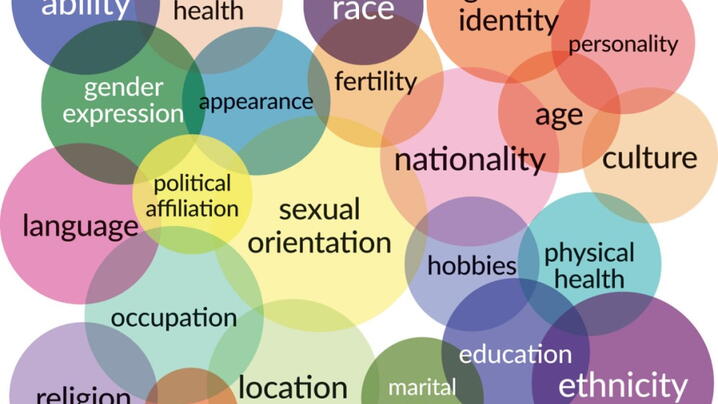Intersectionality is including different variables of a woman/mans life in order to account for unique experiences to their culture, gender, sexuality, ethnicity, and or immigration status By taking an intersectionality approach to cases of gender-based violence, we can take the best approach in helping anyone of any sexuality, culture, ethnicity, etc with their situation.
By taking this approach, we also eliminate the stigma of there being a hierarchical aspect to their oppression. In other words, one factor (such as sexuality), does not come “before” all other aspects of their sections, and cannot be forced to only talk or report one instance of oppression on only one section. In order to properly assess intersectionality and how it intertwines with gender-based violence, we cannot use a “one-size-fits-all” policy for these women and men.
If we do not take into account intersectionality, we will not be able to see how different women can go through the same TYPE of experience, while also having a completely unique experience with it at the same time.
For example, a woman who is a legal citizen of the United States may have been trafficked in the same matter as another woman who is an immigrant and does not have a visa, but the woman who does not have a visa to stay in the United States after being trafficked may be manipulated and used in different ways than a women who is a citizen, but is also being trafficked. A woman without a visa being trafficked may face physical abuse by the perpetrator, because the perpetrator may believe that the victim has nowhere else to go, and nobody will “notice” her. While a woman who is a citizen being trafficked may face far more mental and verbal manipulation, forcing the woman to be scared into not telling anybody or trying to escape. 
Using an intersectionality approach to assess gender-based violence is the best way to assess cases of assault, trafficking, abuse, and other types of violence between genders because it allows us to look at different cases uniquely in order to fully understand what is going on in the situation SPECIFIC to the victim.
https://eca.unwomen.org/en/digital-library/publications/2019/10/the-value-of-intersectionality-in-understanding-violence-against-women-and-girls